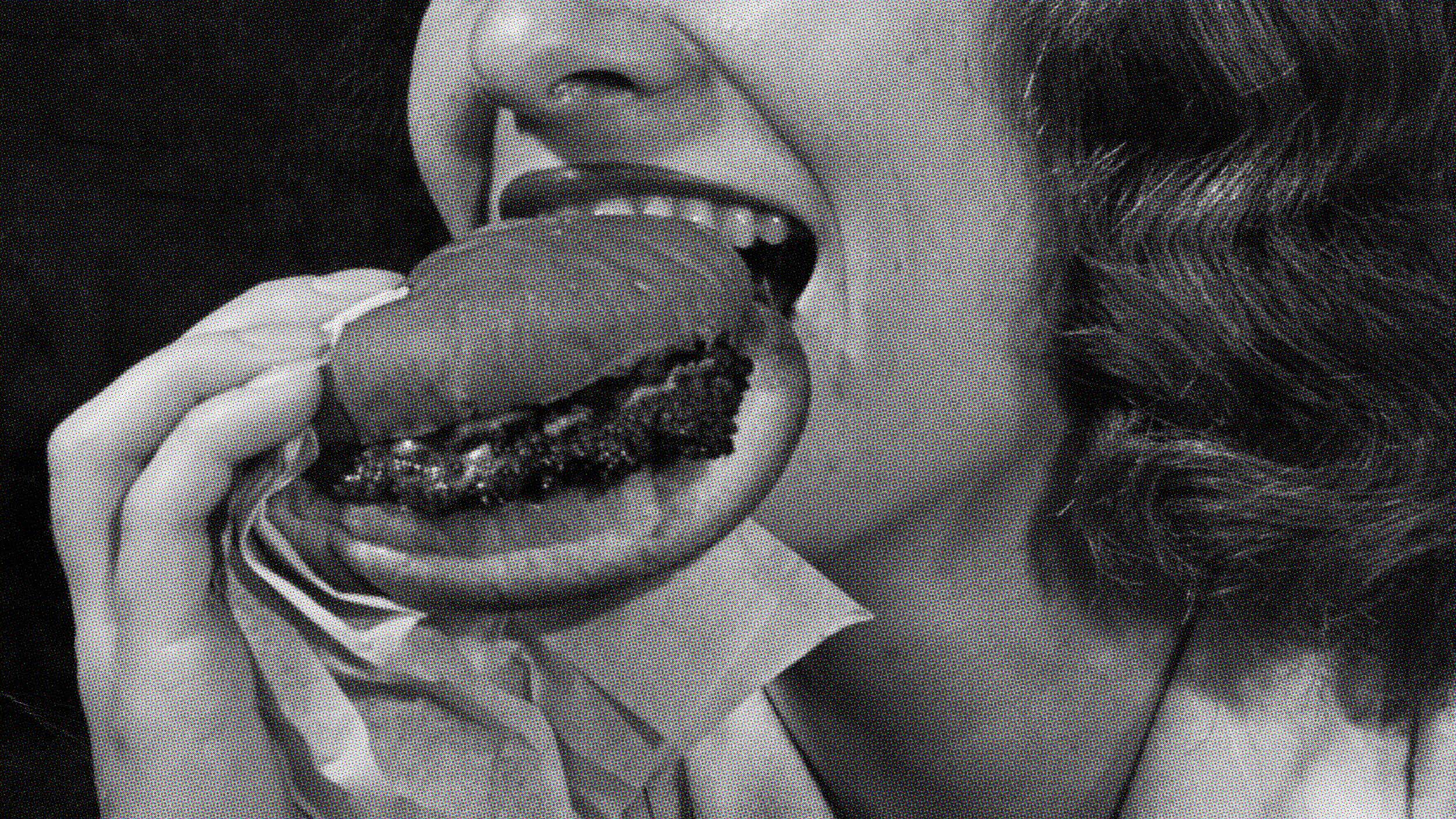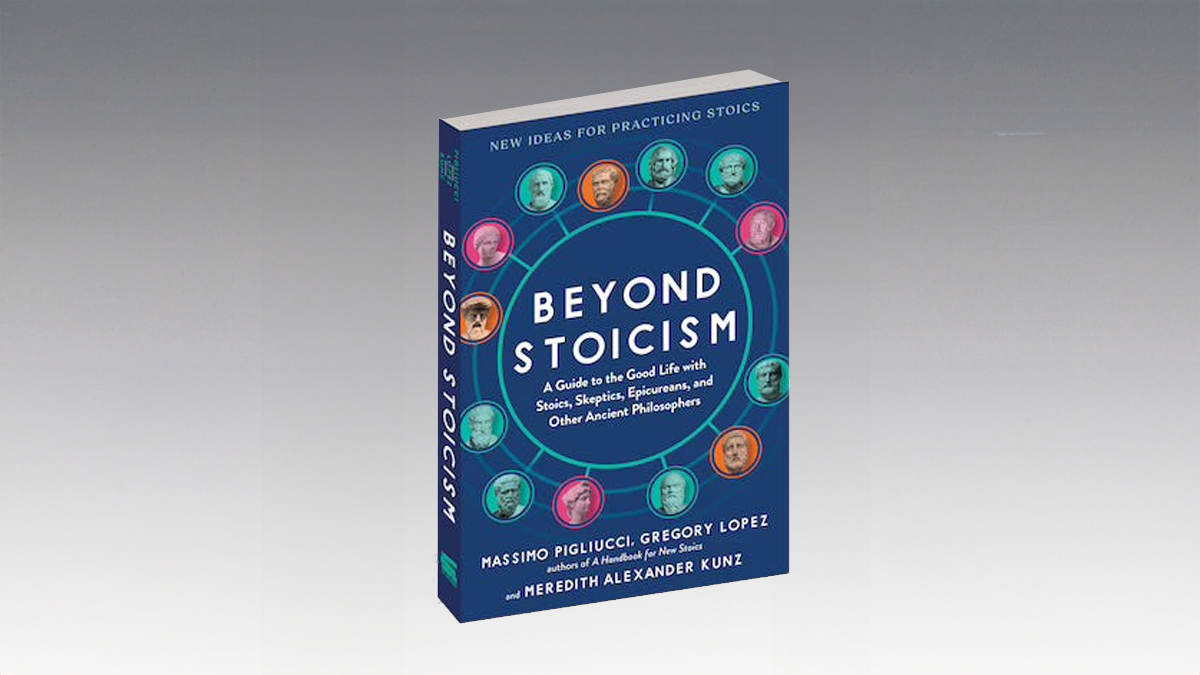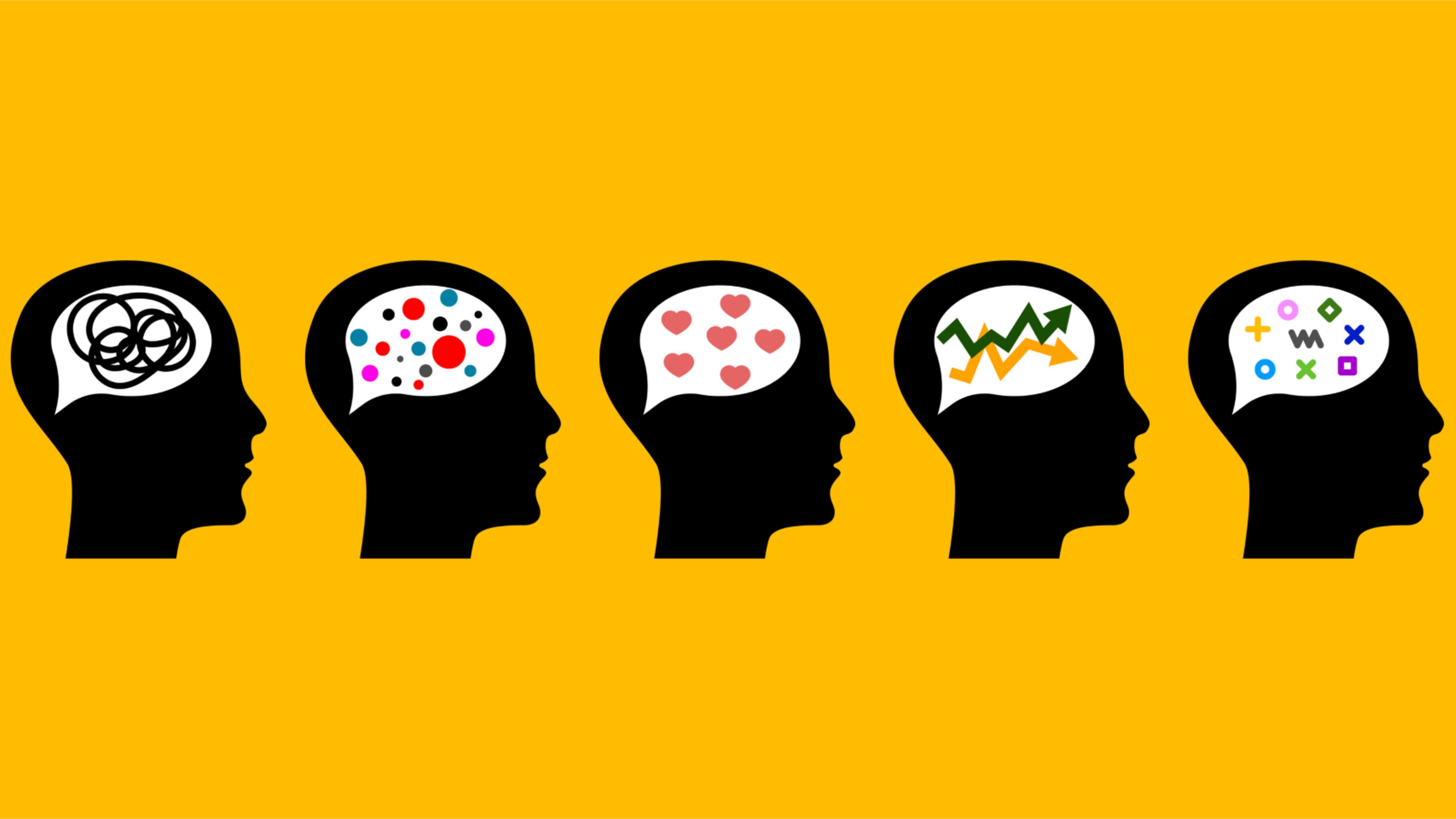A conversation with the former editor-in-chief of Esquire and author of Shoptimism
Question: Historically speaking, why are Americans compelled to spend money?
Lee Eisenberg: I think we've got it into our head now that we are a nation of shopaholics, that we are all incredibly greedy; we don't know our limits. And that's true; a lot of us don't know our limits. And you know, the economic meltdown that we've experienced the last couple years is to a very large degree because our eyes were bigger than our wallets. But I think that's a mischaracterization in some ways; I think that's too broad an indictment of the American people overall. But I also think it's rooted in this very strong conflict that exists and has existed in the American character. As we all remember from school, if not from buying experience, we were really a nation founded on frugality, and waste not, want not; you know, the Benjamin Franklin credo, and a century or two in which good character was defined by not spending money but by abstinence.
And then beginning in the 19th century things began to change in a very accelerated and radical way. Global industrialization brought all kinds of good that were increasingly affordable to more and more people beginning in the early 19th century, and you had these -- actually not far from this studio, just around the block, on this street in fact -- these incredible department stores in the form of Italian palazzos that started springing up in the early 1900s, where not only the upper class, but working class men and women could come into these fantastic emporia piled high with goods from all over the world, and we had never seen anything like that before. And the department store, as we came to know it, was started. So suddenly there was this beginning of this tremendous sort of shift that had to happen, and I think the conflict, which is on the one hand you had a very strong sense of puritanical Yankee frugality colliding head-on with this world, this explosive world, of material abundance and ever increasing wages. And I think to a much greater degree than a lot of current observers give us credit for, most of us are still racked by that conflict.
It’s easy to say that we spend and spend and spend, and again, many people do, and they overspend. But for most people that I talk to, everyday people, normal people out there, there is still this pleasure/pain principle at work. You know, we may spend money freely and often recklessly, but not without some feeling of anxiety or guilt. Some people don't feel that, but a lot of people do feel that. And I think what's happening now, now that we're living in very challenging economic times, is that that pendulum is swinging a little bit back. It's not going all the way back to waste not, want not -- although there are anti-consumerists out there who would have us do that -- but swinging back from what in the book I call a romantic form of shopping, which is shopping because we are emotionally satisfied or aroused by shopping, back to what I call sort of a classic mode of shopping, which is putting a premium on all kinds of things such as practicality or utility or durability, getting fair value for a given price, getting quality for a price; a more mindful kind of shopping.
I don't suggest, as I just said, that we're going to revert into some kind of Victorian age of careful spending, but I do think that at least for the foreseeable future, some of those old values that we thought had gone away beginning in the '50s may well come back to at least occupy part of our psyches when we go into a store.
Question: What is the psychology of men and women when it comes to spending
Lee Eisenberg: The canard is, the cliché is, that women shop and men buy, which is to say, men are divided into these two categories: they're either grab-and-goers -- you know, the guys who run in; where is it? I hate shopping; I'm out of here; goodbye; or they're classified as wait-and-whiners -- you know, when they go out with their spouse or their partner, we've both seen them on a Saturday afternoon, sitting there, you know, solemnly on a bench, if there is a bench, in the department store, really grumpy that they have to be forced into doing that as opposed to lying on the couch watching ESPN on a Saturday afternoon. So men have been cast as these characters who hate shopping.
Women, on the other hand, have been unfairly cast as these creatures who were built to shop; you know, who can barely tell the difference between shopping and entertainment, or shopping and recreation. So one of the things I did in connection with the book was to go shopping with a great many men and a great many women. And what I find is that yeah, most men tend to be a little more impatient than women, but I found a great many women who like nothing else than to grab and go, and who really detested the act of shopping. And I found a lot of men who, while they wouldn't necessarily admit to it easily, really did like to shop.
The other interesting thing about men and women is that women, I think, have taken the rap for being shopaholics, for being compulsive buyers. And there was a major study, probably the biggest study yet done on compulsive buying, published last year. And it was found that there are proportionately as many males who qualify as compulsive buyers as women. But men have an interesting dodge: you know, ask a man who, you know, acquires 200 digital cameras even though he never takes a photograph whether he's a compulsive buyer of digital cameras, and he will say, no, no, no, I'm not a shopaholic; I'm a collector. And I think men have been able to hide behind collecting a little bit more successfully than women have in terms of maybe being out of control in terms of buying either a category of something or anything and everything.
That said, there are some differences. Statistically, men hate to return things to stores. Women return more. They buy more, they shop more, so they return more. But they also seem to have an easier psychological time returning to a store. Men, when you ask them why -- you know, you brought it home; it doesn't work or you can't figure it out; or you bought it with too many features or buttons or options; you can't work it -- why don't you just take it back? Men -- or it's a -- a thread is coming out -- something is wrong -- or it's the wrong size -- men will often not take it back to the store. And if you press them and say, well, why not? First of all it means another trip back to the store, which may be overwhelmingly too tedious or onerous to do, but a lot of men really fear the confrontation that almost never takes place at a store, that fear that there's going to be some kind of a conflict, or a little bit of a conflict or confrontation. And they would just as soon avoid that. Now in fact, most retailers, or most good retailers, make returning things as hassle-free as possible because it's far better business to return something and not lose a customer for life than to give somebody a hard time over the return of one object and never see that person again. So men have all these fears.
The other group, by the way -- and it's a male and female group -- that has a very high rate of unwillingness when it comes to returning things are college students. And again, maybe some of the same reasons. They don't want the confrontation, or they're too slothful, or whatever it might be. But they don't return goods either.
Question: What are some tricks coming from the sell side that we can learn to avoid?
Lee Eisenberg: The sell side has a number of -- I'll call them tricks, but I don't necessarily mean they're unethical, illegal or really things that we don't easily see through. There's a very, very deep art and science to pricing, for example, how do you set a price for something? And then how do you advertise a price? Lots of studies have been done on what kinds of offers, for example, are likely to push us from "I don't want it" to "oh, it looks like a pretty good thing, good deal, I'll buy it." If you are generally somebody careful with his or her money, if you're kind of bordering on a cheapskate, studies have found that the mere insertion of the word "only" or "just" in front of a price will actually tip the balance in terms of whether a frugal person will buy something. So here's a sign that says "$5"; here's a sign that says "only $5" or "just $5"; that one word will often make a bit of a difference.
Another thing that the sell side does quite successfully is to plant suggested reasons for why something might be useful. So you know, the classic one is "101 uses," or you know, "buy one for a picnic; buy one to keep in the refrigerator; buy one for your car." You get a sense that okay, it's pretty good to buy three of those because I'm going to get a lot of use out of it. A verywell known one, and it's ridiculous in terms of both mathematics and logic, is, three cans for $6, whereas you can buy one can for $2. But just the fact that the impression of the "three for" sort of moves us away from what our original intent might have been, which is to buy one, into another slightly different sort of cognitive realm, so we wind up being three. Now, none of those things is necessarily wrong. They probably say more about how our brains work than about anybody's malevolent intent.
The other thing about pricing, maybe one of the more interesting things, I think, is that consumers should be aware of how retailers and merchants can play with three versions of something, three different-priced versions of something. And you see this in a lot of different places. But very often a retailer might be offering three jackets, three down jackets or something like that. And one has a lot of features, and it's got a lot of down and a lot of zippers, and a fur hood. And that's $200 or whatever it might be. And then same retailer might have a stripped-down version of that for $99; it still has some down; it's got enough down to keep you warm; it's got a lot of zippers; there's no fur on the hood. And it's your basic model of that jacket. And then there's a middle one that has a little more down than the one on the bottom and a little less down; it doesn't have fur, but it feels pretty good. Maybe it comes in some additional colors.
And very often, why a retailer is doing that is not -- he's very happy to sell you the expensive one; he's very happy to sell you the cheaper one; but generally speaking, what he's doing is trying to sell you that middle one, and he's probably bought many more of those middle ones. And the reason that tends to work is that we reference the value of that middle by the ones on the two extremes. Because there's an expensive version in the store, we immediately assume, often rightly, that the store has really good things, really quality things, and the prices to prove it. At the same time, the lowest-end one seems to be a really good value, so it's really not that high-priced; I can shop in this store pretty easily. So that middle -- we default to the middle one because it seems like a really -- you know, we're in a nice place with good stuff, but we're not in a place that's too expensive for us because of the cheaper one, so that middle one represents a really good value. In the trade it's called the good, better, best strategy.
But you also see it in a lot of different places. When times are tough and if you walk into a Coach leather goods store, for example; Coach is a brilliant retailer at measuring their prices against the economic moment, and they know that in times like these, people are not going to be spending many hundreds of dollars on a handbag, by and large. We might spend a bit of money on a change purse or a small wallet or something like that. So what a Coach will do, and other stores will do, is often take a very expensive bag, you know, bathe it in beautiful halogen light so that it shimmers and casts in effect a halo over what is placed around that expensive bag, which are, you know, smaller low-priced items that presumably we can better afford. So that halo effect often happens in a store. You'll see it in Ralph Lauren a lot, where you -- you know, there's an extraordinarily expensive leather bag, and it's surrounded by other things that are not necessarily inexpensive, but compared to that bag, you know, even a $300 cashmere sweater seems pretty cheap. Of course it isn't for most people. But it's a way that the retailer has of sort of relieving us of some of the guilt that might be attached to buying a wallet that we don't really need or a cashmere sweater that's expensive but we can kind of afford.
Question: What has been your biggest spending mistake?
Lee Eisenberg: I make the same spending mistake over and over again, and it's a very inconsistent thing. I will go to a fair amount of trouble to do research on the most meaningless and inexpensive things: a USB cable or 12 AAA batteries; I mean, all these things that are not going to ruin my family's finances one way or another. I'll actually research those. But then I will be totally and erratically spontaneous when it comes to booking a vacation or a dinner or, you know, something that's expensive, without doing a whole lot of due diligence. And I make that spending mistake over and over again, to the point at least that, you know, I haven't broken the family's piggybank, but from time to time I test it. Having said that, I think I'm not a profligate buyer; I think I'm a fairly typical buyer in that I am given to irrationality and wildly inconsistent.
Recorded on November 9, 2009





